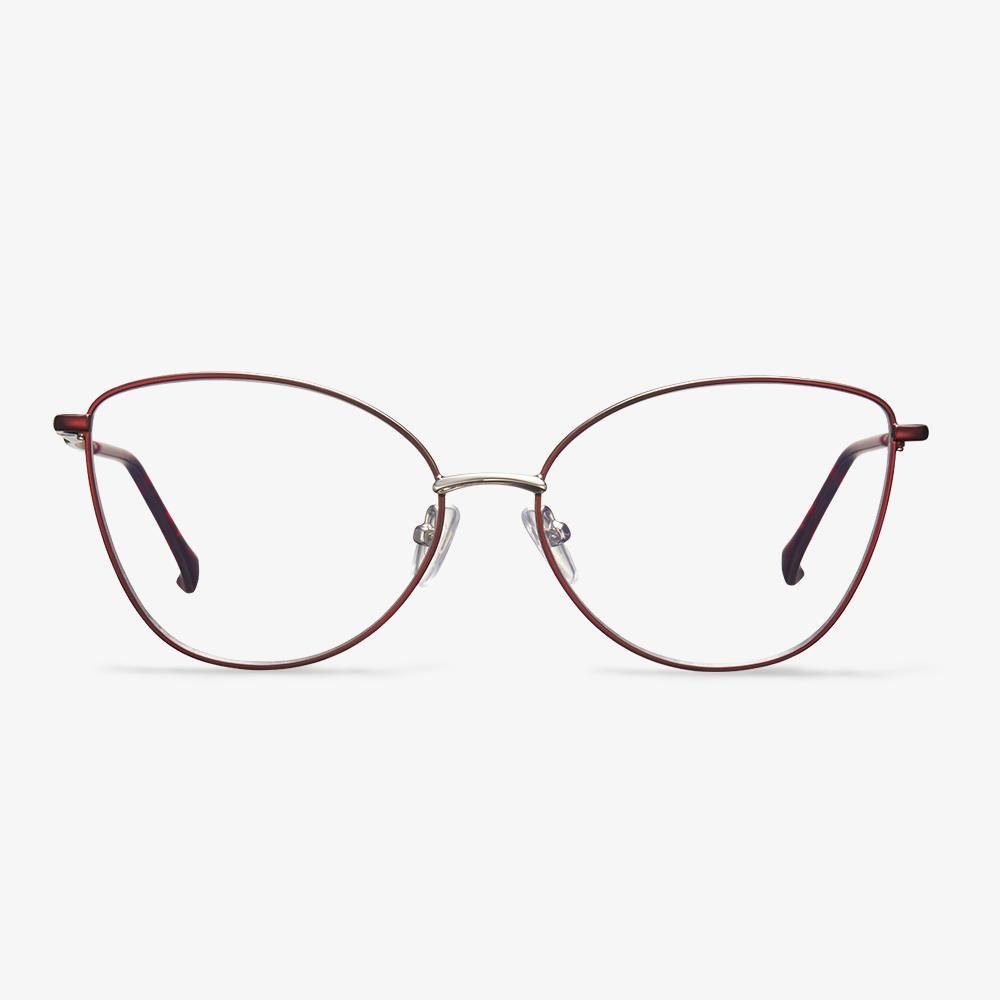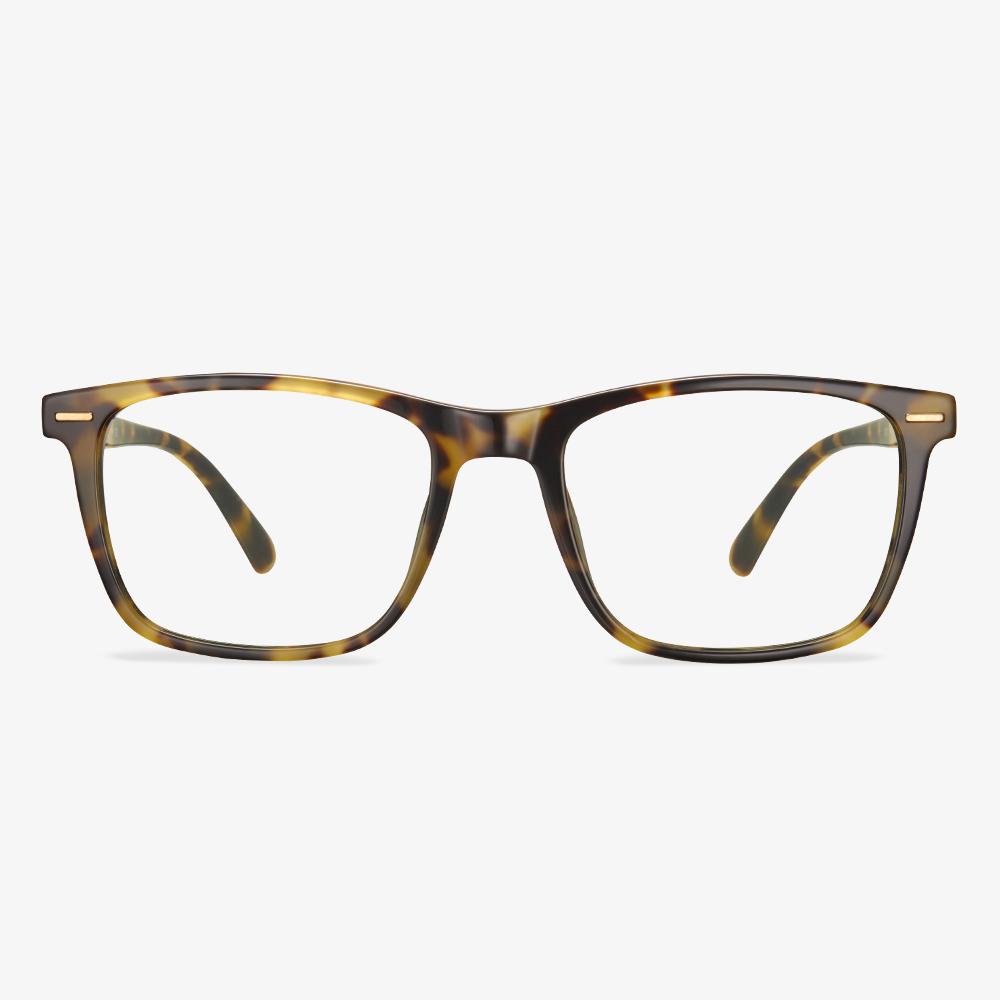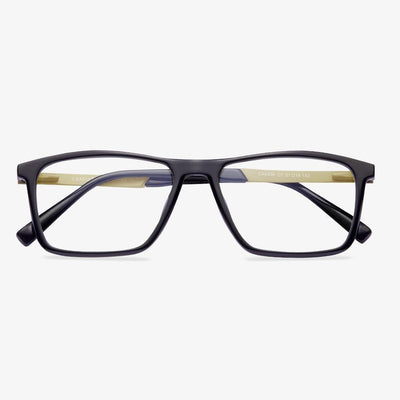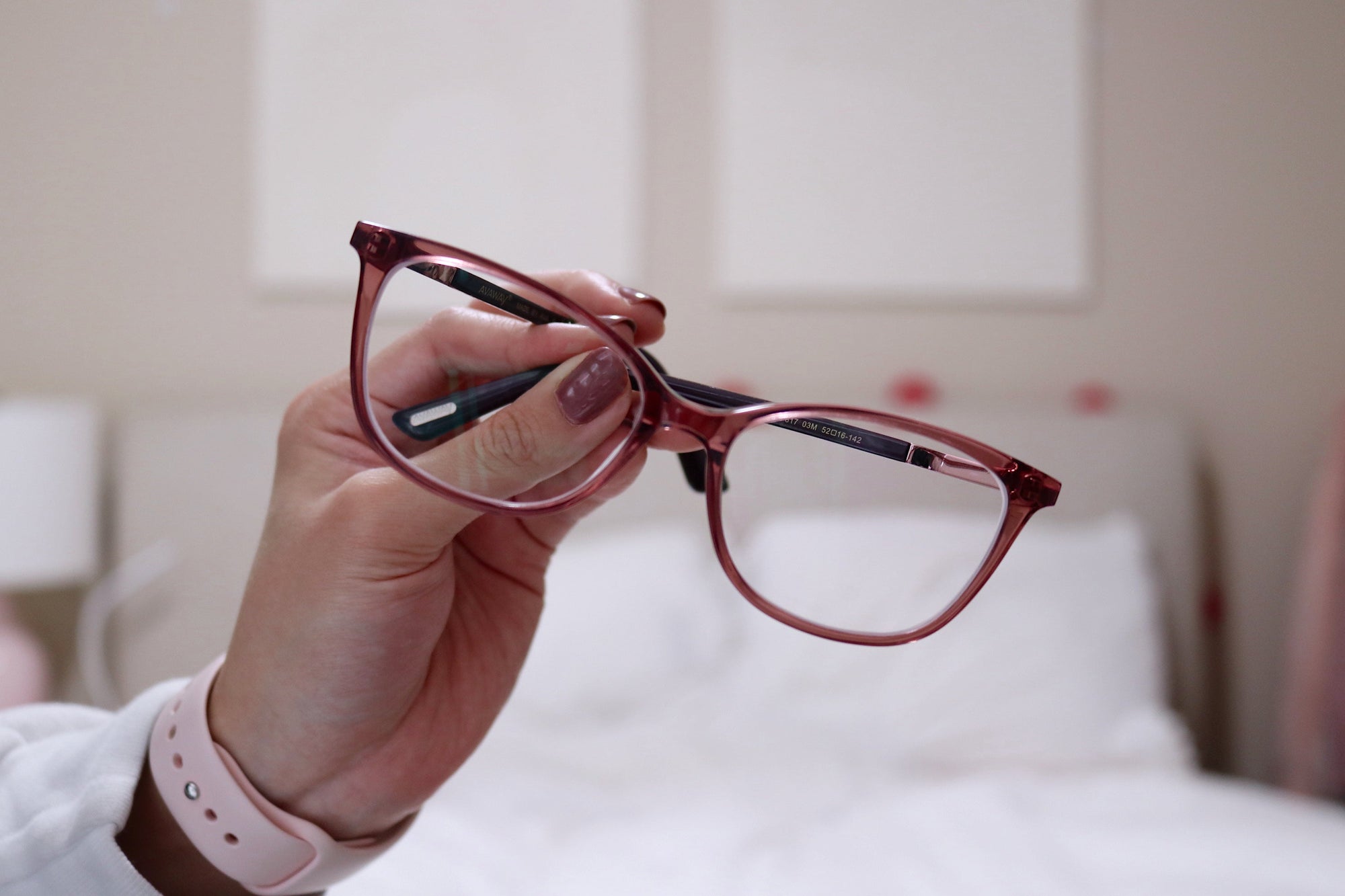Different Types of Progressive Lenses
The ground-view progressive lenses are designed for people who enjoy the outdoors. These lenses are supposed to provide a natural feel to your vision and reduce lens distortion. Ground-view progressive lenses allow better vision through the sides and bottom of the lens, so they give you improved vision when driving, using computers and looking downwards.
The standard progressive lenses are exactly what they sound like. They offer a wide reading area and have a longer drop between prescriptions and require a larger frame. However, they are less specialized than other lenses.
Glasses may have different functional priorities.
Children's glasses focus on the treatment of eye disease, adult glasses focus on improving vision. To children with myopia, matching glasses is to improve vision really, eliminate fatigue, coordinate the muscles inside and outside of the eye, and can prevent myopia to deepen. For children, when they suffer from hyperopia, anisometropia, strabismus, amblyopia, and so on, sometimes they wear glasses to treat eye disease. It is the prerequisite for future vision improvement.
Different Type of Lenses: How to Choose
Photochromic lenses: These lenses change from clear to tinted with sunlight. You may no longer need sunglasses although they may not darken in your car if the windshield blocks UV rays. They can be either glasses or plastic.
Polarized sunglasses: Polarized sunglasses can reduce glare from a surface like water, so they are great for sports and driving. But they can make it hard to see the liquid crystal display on your car’s dashboard.
As for different types of lenses, this post has introduced several kinds of. When buying eyeglasses, take these into consideration. If you need a pair of glasses, you can try Koalaeye glasses. They are stylish and come at a cheap price.
Feirdio blue light goggles
It can reduce the visual fatigue and discomfort caused by surfing the Internet for a long time, playing games, and working under fluorescent lights, and has the effect of protecting and reducing glare. The low color distortion lenses are optimized to provide the perfect balance for blue light prevention and visual quality. They have blue light prevention, glare reduction, UV blocking, screen flicker prevention, electromagnetic ray blocking lens. The frames of these blue light glasses are made of TR90 material. They're twice as durable as plastic glasses. These blue-blocking glasses are made of reinforced metal hinges to ensure durability and avoid cracking.
The advantages are not the same.
The cellulose acetate frame is acetate plastic, belonging to a kind of thermoplastic material, and it is a material for nearly 20 years. It is widely used in the glasses industry material. Now with the progress of processing technology, it can be divided into plate and injection molding. The acrylic frame of the propionic acid fiber belongs to a kind of thermoplastic material. The appearance is transparent. The main feature is that the material density is high. They are hard to burn and are not easy to change color, with Impact resistance. It has softness, dimensional stability, and good processing formability. Many high-grade plate glasses are based on these high-quality plates, so the quality is more reliable. It is designed for a large number of people and the pursuit of quality of life students, especially for women.
What Should You Do If Your Glasses Are Broken?
Professional eyewear repair shops have professional repair tools. It's relatively easy to fix the bent frame by yourself. Still, there are reasons to get a professional to fix them. Your local eyewear repair shop can quickly reshape metal and plastic frames and make sure they fit. Many professional optical shops will make small adjustments free of charge. The frame is completely broken and requires special tools and skills to fix. Frames are too fragile to repair at home, and trying to do so could cause even more damage to your frames. The lenses are damaged and you may need to replace them. Make sure your prescriptions are up to date. If your prescription is not up to date, you need to schedule an eye exam before changing your lenses.
Blue light in electronic products
In addition to the blue light that exists in natural light, LED energy-saving lamps, fluorescent lamps, computer monitors, mobile phones, and other digital products will emit blue light because of the use of light-emitting diode LED technology. Some people think that blue light hurts the eyes because blue light is not absorbed by the cornea and lens like ultraviolet light. The blue light can pass through the refractive medium of the eye to reach the retina, and then be absorbed by the pigment epithelium of the retina, which will cause aging and functional degradation of the retina over time.
The eyes also have many protection mechanisms, such as squinting, pupil contraction, lutein contained in the macula of the retina, and the retina's own antioxidant repair mechanism, which protect our eyes from blue light damage. And after scientific testing, it is found that the blue light emitted by electronic products is only several hundredths of the intensity of blue light in natural light. This means that as long as the electronic products are not used continuously every day (for example, more than 8-10 hours a day), the blue light will not cause obvious damage to the eyes.











































